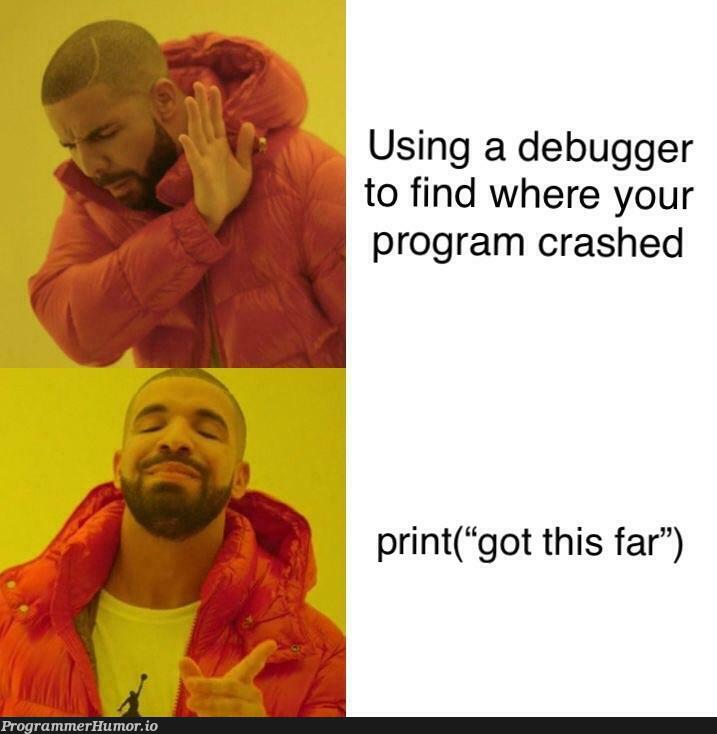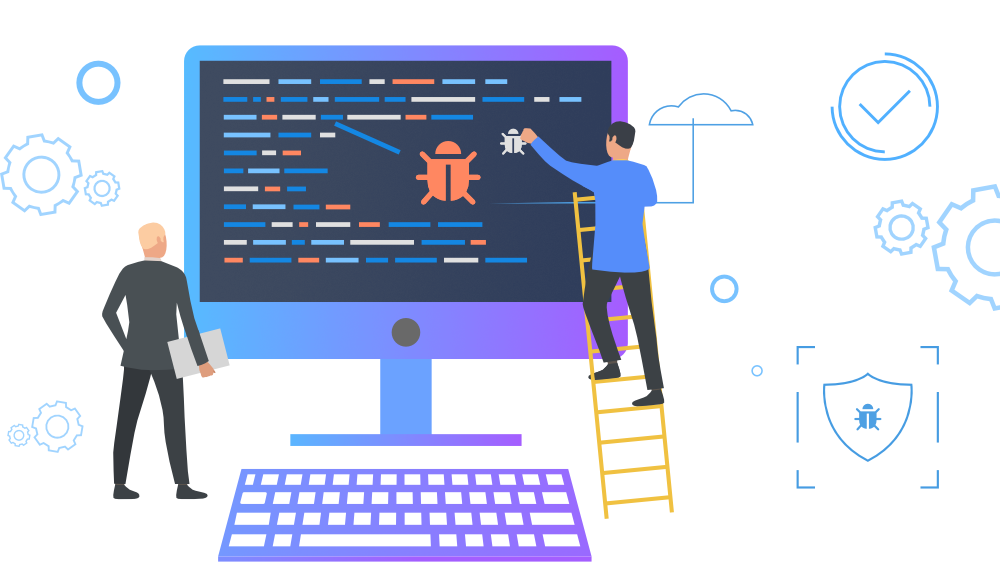
Debugging Like a Pro: Common Mistakes and How to Fix Them
Picture This...
You’re crafting your masterpiece—a program that will wow your audience (or at least get your assignment done). You hit "Run" with excitement, and BOOM! Instead of a beautiful working app or code, you get... errors. Lots of errors.
But don’t worry! Just as every chef burns a dish now and then, every coder makes mistakes. The secret? Learning how to debug like a pro.
This is the part of coding that every programmer, from beginners to seasoned professionals, experiences: debugging. Think of it as untangling a set of Diwali lights. It might look like a mess, but with patience, you’ll straighten it out and light up your code!
Let’s dive into the fascinating (and surprisingly fun!) world of debugging, even if you’ve never written a single line of code before.
What Exactly Is Debugging?
Debugging is simply the process of finding and fixing errors in your code. These errors are often referred to as “bugs.”
Fun Fact: Did you know the term “debugging” came from a literal bug? Back in 1947, engineers at Harvard were working on an early computer called the Mark II. The machine malfunctioned, and when they opened it up, they found a moth stuck in the hardware! They removed the bug and logged the incident as the first official “debugging.” Pretty cool, right?
Common Mistakes (and How to Fix Them)
Everyone makes mistakes while coding—it’s part of the process! Here are some common errors that happen (and how you can fix them):
1. The Missing Ingredient
The Mistake: Forgetting to include something crucial in your program, like a command, symbol, or piece of logic.
Real-Life Analogy: You’re making a cake but forget the sugar. Yikes!
How to Spot It:
- Your program refuses to run, or parts of it aren’t working as expected.
- You get a message that says something like “SyntaxError: unexpected end of input.”
How to Fix It:
- Check your recipe (code): Go through it line by line. Are all steps included?
- Use an editor that helps: Tools like VS Code can highlight missing elements, like unclosed brackets or quotation marks.
2. The Wrong Order
The Mistake: Placing steps in the wrong sequence.
Real-Life Analogy: Pouring milk into your cereal box instead of your bowl. Oops!
How to Spot It:
- Your program runs, but the results aren’t what you expected.
- For example, you’re trying to calculate something, but the answer is way off.
How to Fix It:
- Follow the logic: Imagine your program as a step-by-step process. Does it make sense from start to finish?
- Add comments: Writing small notes in your code can help you and others understand the flow.
3. Overthinking It
The Mistake: Trying to solve a simple problem with an overly complicated solution.
Real-Life Analogy: Using a chainsaw to cut a loaf of bread when a butter knife would do.
How to Spot It:
- Your code works, but it’s unnecessarily long or confusing.
- For instance, writing ten lines of code to do something that could be done in one.
How to Fix It:
- Simplify, simplify, simplify: Always ask, “Is there a shorter or clearer way to do this?”
4. The Invisible Error
The Mistake: A tiny, hard-to-see mistake like a typo.
Real-Life Analogy: Your recipe says “bake at 3500°F” instead of 350°F. Yikes!
How to Spot It:
- The error messages don’t make sense, or your code runs but produces strange results.
- A classic example is accidentally typing "pritn()" instead of "printf()" in C.
How to Fix It:
- Zoom in: Check for typos, misplaced symbols, or extra spaces.
- Get a fresh pair of eyes: Ask a friend or teammate to review your work—they might spot what you missed!
5. The Blame Game
The Mistake: Blaming the tools, platform, or someone else’s work for your error.
Real-Life Analogy: “This oven is broken!” when you actually forgot to turn it on.
How to Spot It:
- You’re frustrated because everything seems correct, but it’s still not working.
- Often, the issue lies in how you’re using the tool, not the tool itself.
How to Fix It:
- Test the environment: Is your software updated? Did you install everything correctly?
- Google is your friend: Search for your specific error message—you’ll often find solutions online.
Pro Debugging Tips
Here are some tried-and-true tips to debug like a pro:
-
Read Error Messages (Don’t Ignore Them!)
Error messages are like your personal GPS for coding—they tell you exactly where the problem is. Take the time to read and understand them. -
Take a Break
Staring at the same problem for hours can make you feel stuck. Step away, grab a snack, or go for a walk. You’d be surprised how often the solution hits you when you’re not actively thinking about it! -
Use Debugging Tools
Most programming languages have built-in tools to help you find bugs. For example, C language has a tool called “GNU Debugger” that lets you step through your code one line at a time. -
Ask for Help
There’s no shame in asking for help! Whether it’s a classmate, a mentor, or even an online community like Stack Overflow, other people can offer fresh perspectives.

Debugging IRL: Why It’s a Life Skill
Here’s the cool part: Debugging isn’t just for programmers. It’s a skill you use every day without even realizing it!
- Troubleshooting your Wi-Fi: Debugging.
- Fixing a wobbly chair: Debugging.
- Figuring out why your coffee machine isn’t working: Debugging!
Learning to debug teaches you patience, problem-solving, and creative thinking. It’s a superpower that goes beyond the computer screen.
Special Message for Students
“Debugging is like solving a mystery. Every mistake is a clue that brings you closer to the solution. Embrace the challenge!”

Debugging might seem overwhelming at first, but think of it as solving a puzzle or cracking a mystery. Each mistake you fix is a victory that makes you a better problem-solver. So the next time you hit an error, don’t see it as a failure—see it as an opportunity to grow.
Now go out there, tackle those bugs, and shine like the coding rockstar you’re meant to be!
Happy debugging, future pros! 🚀
9 Reactions
0 Bookmarks
